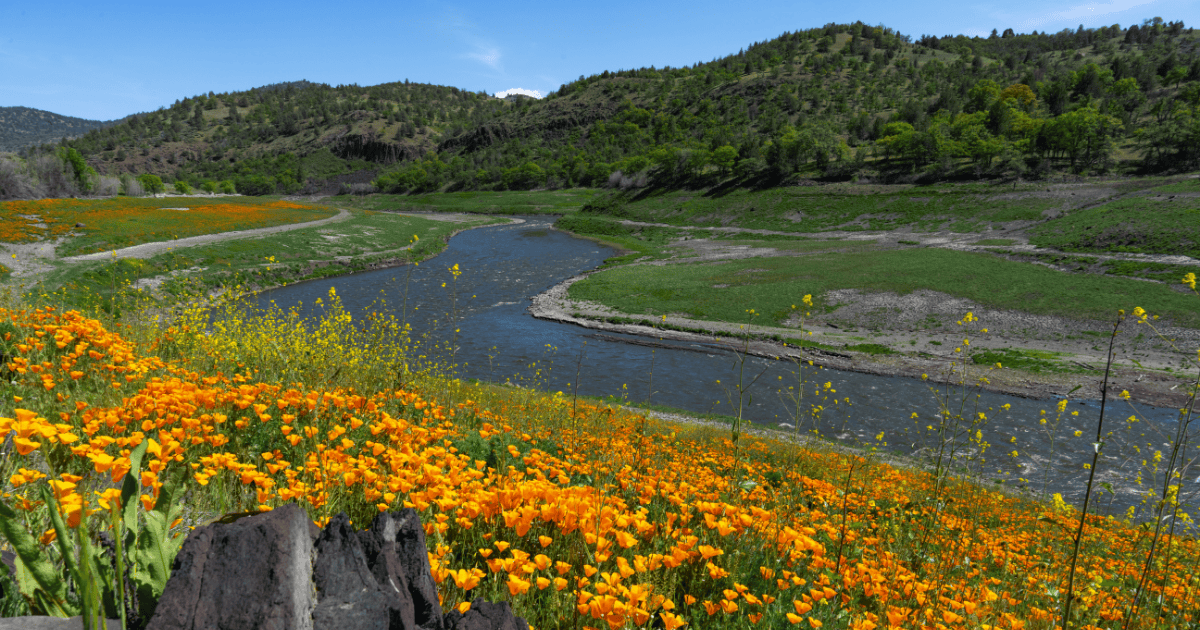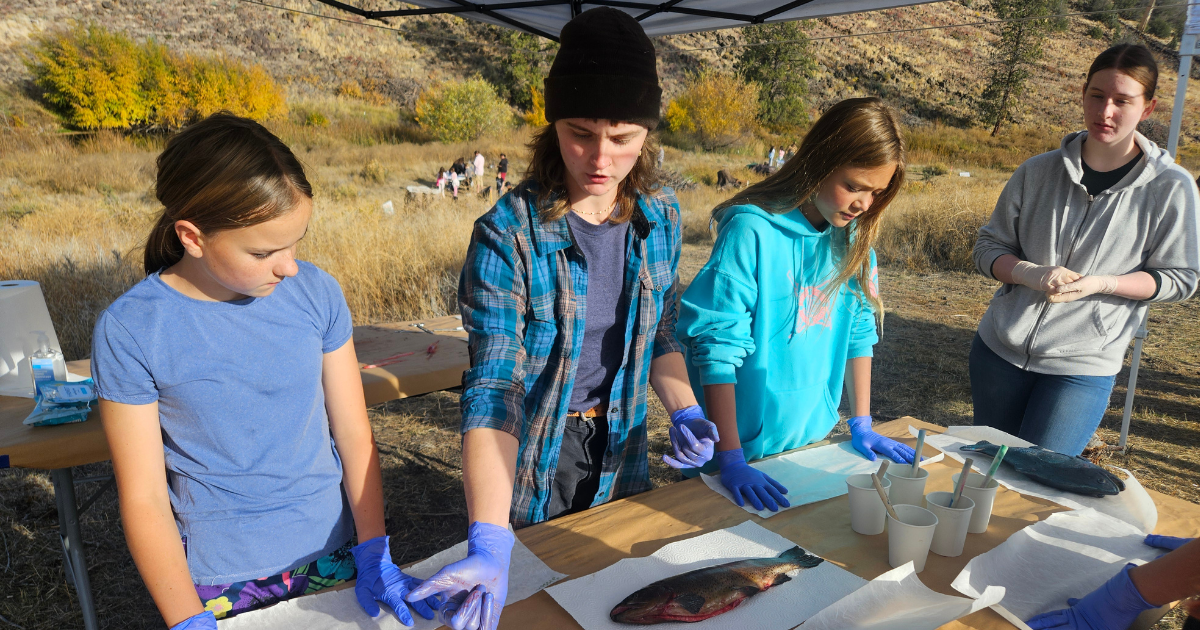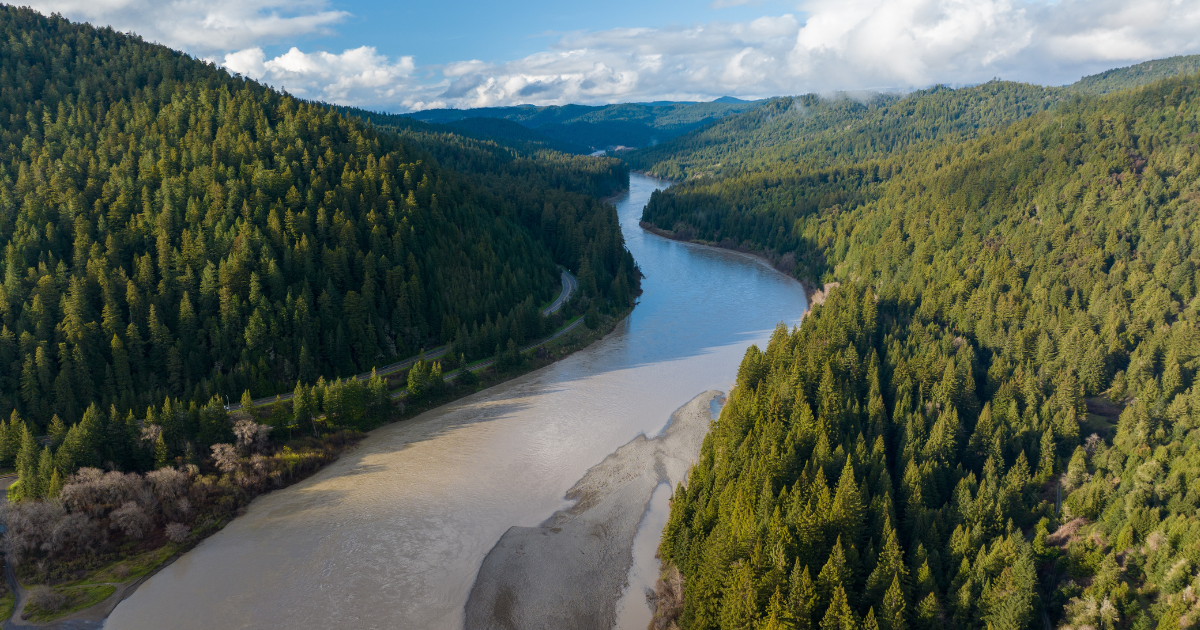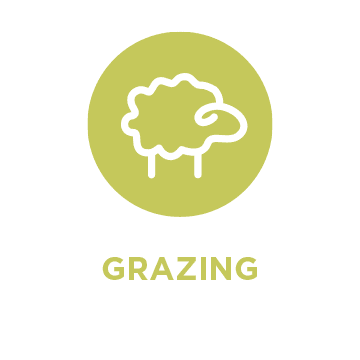Mill-Shackleford Bridge Fish Passage Restoration
Mill-Shackleford Bridge Fish Passage Restoration
Project Goal:
This project addresses Watershed Restoration Grant Program Funding Priority 3: Protect and Restore Anadromous Fish Habitat. Specifically, the project will result in 1) the removal of a human‐caused fish barrier, and 2) restoration or enhancement of riparian, in‐stream, floodplain, and side channel habitat. The purpose of this project is to eliminate a heavily used unimproved ford and low water crossing structure that prevents juvenile coho salmon from accessing critical over‐summering habitat in Mill‐Shackleford Creek.
Completed:
Completed
Region:
Project Funders
CDFW Prop 1
Watershed Restoration Grant Program
US Fish and Wildlife Service Partners Program
Fish Affected:
Threats:
Project Description
In order to reconnect vital habitat, CalTrout and its partners are doubling down on efforts to restore hundreds of miles of tributary streams and critical salmon habitat in the midand upper-Klamath basins. Dam removal, water quality improvements, and disease reduction in the mainstem Klamath River all represent opportunities for potential fisheries recovery, but the primary population driver is providing access to historical spawning and rearing habitat in key tributaries such as the Shasta and Scott Rivers in Siskiyou County.
Mill‐Shackleford Creek is an important tributary to the Scott River. The Scott River is one of only four major tributaries to the Klamath River and one of the most important native coho salmon rivers in the Interior Klamath River diversity stratum, which includes Scott Valley and Scott Bar This project addresses a heavily used, unimproved ford/low water crossing structure on Mill‐Shackleford Creek that creates a partial barrier for juvenile coho salmon in search of rearing habitat. The current land owner utilizes as part of their existing Timber Harvest Plan (THP) and Lake and Streambed Alteration Agreement (LSA), a temporary seasonal low water crossing structure for timber harvest and fire salvage (June 15 to October 15). The crossing consists of two to three 24‐inch diameter corrugated metal pipes covered with gravel and fill.
In December of 2018, CalTrout partnered with Ecotrust Forest Management (EFM)-a forward looking B-Corporation timber investment company-to restore fish passage to critical spawning habitat in the Scott River watershed by installing a 60-foot prefabricated steel bridge. The bridge allows timber trucks to avoid driving through the stream, which had previously caused significant damage to aquatic habitat. This work demonstrates CalTrout's capacity as a highly efficient, agile, and streamlined organization, able to carry out complete construction projects on-the-ground through innovative public-private partnerships.
Project Partners:
Cascade Stream Solutions, LLC
Siskiyou Resource Conservation District
Alpineworks Consulting, Inc.
Mason, Bruce and Girard, Inc.
Waterways Consulting, Inc
UC Davis Center for Watershed Sciences
Bradly Scott Streeter
CGI Technical Services Inc.






 Human use of streams, lakes, and surrounding watersheds for recreation has greatly increased with population expansion. Boating, swimming, angling, off-road vehicles, ski resorts, golf courses and other activities or land uses can negatively impact salmonid populations and their habitats. The impacts are generally minor; however, concentration of multiple activities in one region or time of year may have cumulative impacts.
Human use of streams, lakes, and surrounding watersheds for recreation has greatly increased with population expansion. Boating, swimming, angling, off-road vehicles, ski resorts, golf courses and other activities or land uses can negatively impact salmonid populations and their habitats. The impacts are generally minor; however, concentration of multiple activities in one region or time of year may have cumulative impacts.











 Dams block access to historical spawning and rearing habitats. Downstream, dams alter the timing, frequency, duration, magnitude, and rate of change of flows decreasing habitat quality and survival.
Dams block access to historical spawning and rearing habitats. Downstream, dams alter the timing, frequency, duration, magnitude, and rate of change of flows decreasing habitat quality and survival.


